2014
Anifantis, E.; Stai, E.; Karyotis, V.; Papavassiliou, S.
Institute of Electrical and Electronics Engineers Inc., Toronto, ON, 2014, ISSN: 0743166X, (cited By 0; Conference of 2014 IEEE Conference on Computer Communications Workshops, INFOCOM WKSHPS 2014 ; Conference Date: 27 April 2014 Through 2 May 2014; Conference Code:106378).
Abstract | Links | BibTeX | Tags: Back pressures; Cognitive communications; Cognitive radio network; Cross-layer design; Markov Random Fields; Network optimization; On-line social networks; Service requirements, Cognitive radio; Complex networks; Image segmentation; Markov processes; Social networking (online), Resource allocation
@conference{Anifantis2014323,
title = {An MRF cross-layer resource allocation approach with back-pressure features for QoS in dynamic social and cognitive communications},
author = {E. Anifantis and E. Stai and V. Karyotis and S. Papavassiliou},
url = {https://www.scopus.com/inward/record.uri?eid=2-s2.0-84904464894&doi=10.1109%2fINFCOMW.2014.6849252&partnerID=40&md5=463d49bdd460007c5de0f1e577e099d8},
doi = {10.1109/INFCOMW.2014.6849252},
issn = {0743166X},
year = {2014},
date = {2014-01-01},
journal = {Proceedings - IEEE INFOCOM},
pages = {323-328},
publisher = {Institute of Electrical and Electronics Engineers Inc.},
address = {Toronto, ON},
abstract = {Future dynamic wireless and online social networks will require more agile and efficient infrastructures to support the anticipated user traffic and service requirements. In response, in this work, we propose a novel spectrum-agile resource allocation approach that combines Markov Random Field (MRF) cross-layer decisions for the allocation of resources at the lower protocol layers with Back-pressure (BP) features at the higher ones, in order to achieve the above objectives. The BP-enhanced MRF (BPeMRF) network optimization serves the purpose of improving the capacity of agile infrastructures in a low complexity manner, while espousing the recent developments in dynamic spectrum environments (cognitive radios), which are required to adapt fast according to the demands of overlaying dynamic online social networks. The obtained results exhibit the efficacy of BPeMRF regarding the above objectives and demonstrate significant promise for further improving the corresponding infrastructures. © 2014 IEEE.},
note = {cited By 0; Conference of 2014 IEEE Conference on Computer Communications Workshops, INFOCOM WKSHPS 2014 ; Conference Date: 27 April 2014 Through 2 May 2014; Conference Code:106378},
keywords = {Back pressures; Cognitive communications; Cognitive radio network; Cross-layer design; Markov Random Fields; Network optimization; On-line social networks; Service requirements, Cognitive radio; Complex networks; Image segmentation; Markov processes; Social networking (online), Resource allocation},
pubstate = {published},
tppubtype = {conference}
}
Future dynamic wireless and online social networks will require more agile and efficient infrastructures to support the anticipated user traffic and service requirements. In response, in this work, we propose a novel spectrum-agile resource allocation approach that combines Markov Random Field (MRF) cross-layer decisions for the allocation of resources at the lower protocol layers with Back-pressure (BP) features at the higher ones, in order to achieve the above objectives. The BP-enhanced MRF (BPeMRF) network optimization serves the purpose of improving the capacity of agile infrastructures in a low complexity manner, while espousing the recent developments in dynamic spectrum environments (cognitive radios), which are required to adapt fast according to the demands of overlaying dynamic online social networks. The obtained results exhibit the efficacy of BPeMRF regarding the above objectives and demonstrate significant promise for further improving the corresponding infrastructures. © 2014 IEEE.
